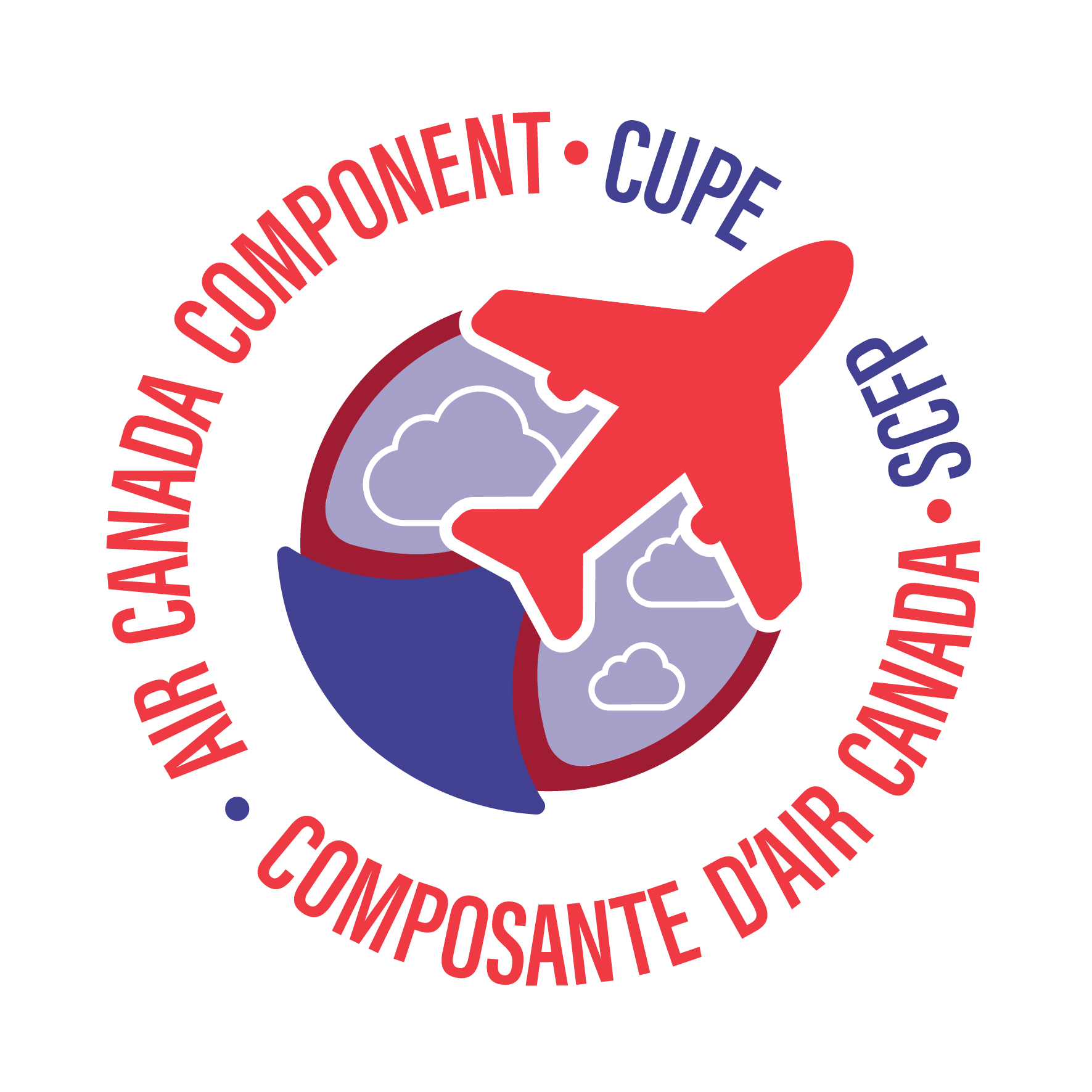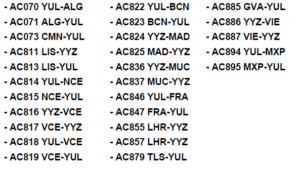Peak holiday season was undoubtedly challenging for all of us as inclement weather created IRROPS situations across the country. In times like these, familiarity with essential concepts from the Collective Agreement is invaluable.
For reserves, the Reserve Handbook is one of the best resources available to you to become familiar with these essential concepts. Accordingly, we have made a number of updates to the Reserve Handbook to address and further clarify some of your most frequently asked questions. You can download your copy of the latest edition of the Reserve Handbook from accomponent.ca/member-resources in your official language of choice.
For our block holders and reserves, we thought we would highlight applicable language to all members surrounding DOT and CDD.
Duty Overtime (DOT) versus Continuous Duty Day (CDD)
One very common misunderstanding from reserves and blockholders alike is the conflation of DOT and CDD re: pay premiums. While both are often connected, they are distinct concepts that we would like to expand on so that the difference between the two is clear.
Part 1: Duty Period Extension Premium (B5.02.03.03.04), also referred to as Duty Overtime (DOT),
For most of your pairings, you will have 13 hours as your domestic duty day limit and 14 hours as your overseas duty day limit, so long as your duty day starts at a crew base; there are a handful of situations that involve not being at a crew base and higher classifications of overseas pairings like B14, LOU18, LOU22A & LOU22B pairings that are the exceptions and will instead a involve a longer duty day limit.
As soon as you are projected to go over your duty day limit, B5.02.03.03 provides the guidelines for next steps, the first of which is to advise your Service Director of your decision to book crew rest or to exceed your duty day limit. Please note that regular blockholders have a third option, which is to opt for reassignment, but this is not applicable to reserves. If you choose to exceed your duty day limit, you will be entitled to a 50% pay premium paid on all flight legs and DPG (Duty Period Guarantee) involved in the duty day; this pay premium does not count toward your projected hours for the month, it is for pay purposes only and will be listed in a separate part of your monthly flight summary as a premium. You may only change your decision to “take DOT” (B5.02.03.03.03) if there is a subsequent further extension of the duty period (most typically due to a longer posted delay). The Service Director will advise the Captain and Crew Scheduling of your decision in each case.
In the event that you involuntarily exceed your duty day limitation in-flight (the most common way this happens is when your final flight leg goes over its scheduled length and pushes you past your duty day limitation in the process) you should automatically have DOT added to your duty day. It is a good practice to check this. Please see previously issued bulletin that provides more information about automatic DOT by clicking HERE.
To ensure that you have had DOT encoded into your duty day, open up globe, go to the crew list for each flight involved, and look beside Role to see if DOT is written there. As long as that’s there, you’re all set! If not, give Crew Scheduling a call to have it remedied, and if the scheduler is not receptive then follow up with your local to investigate at the termination of your pairing.
Part 2: Continuous Duty Day (CDD)
To understand what a continuous duty day is, it’s first crucial to understand what a standard duty day is and what legal crew rest entails.
B5.02 in the Collective Agreement establishes the definition of a duty period (aka a duty day). A duty period begins at check-in; this is usually one hour prior to scheduled departure with the exception of widebody pairings, which have varying additional times in advance of one hour depending on the aircraft type, whether you are at home base, and sometimes the destination (e.g. DEL). The exception to this is for deadheaders, whose duty days start at 30 minutes prior to scheduled departure time when at home base and at the scheduled departure time when away from home base. A duty period ends at check-out; this is 15 minutes after actual arrival time at a layover station or home base, with the exception of deadheaders, whose duty days end at the actual arrival time at a layover station or home base.
When you are away from home base and your duty day is projected to exceed the limitation, whether your original pairing was a turn or involved a layover, if your duty day is not broken by a legal rest period it becomes continuous. Before we get into the implications of this, let’s explain what a legal rest period away from home base entails. B5.05 states that 10 hours is the standard minimum legal rest period at a layover station (there are few other specific exceptions to this that we won’t get into in this post). In general, CDD can occur if (i) you are on a turn, or any single duty day within a multi day pairing and your duty day ends up exceeding the duty day limitation, or, (ii) have a scheduled layover and end up having less than 10 hours of crew rest at a layover station. We would like to focus on the second (ii) scenario involving a scheduled layover and describe the implications of this for your schedule.
When two previously separated standard duty days are combined into one continuous duty day instead, it is as if you never checked out of the first of those two duty days at the layover station. This means that you are on duty from the check-in time on the first of the two duty days until check-out time on the second of the two duty days. Why is this important?
There are two reasons. First, one of the greatest gains we achieved in previous contract negotiations was a rule known as Duty Day Minus Four (DD-4). Found in Article 6.03.02 in the Collective Agreement, this rule states that you must receive a credit for pay and flight time limitations of no less than the greater of a minimum of four (4) hours, or, the greater of the scheduled or actual duty period minus four hours (DD-4). When two standard duty days have become one continuous duty day, you now have one significantly longer duty day, for which you would take your new total time on duty, subtract four hours from it, and that’s what you must receive in flight/pay credit.
The second reason involves the previously explained principle of DOT. For example, if your one continuous duty day happens to exceed 13 hours (if domestic) or 14 hours (if overseas), you are also entitled to receive the 50% DOT pay premium if you have chosen to remain on duty (or if you involuntarily exceeded it) as explained in Part 1 above.
Note: when you are projected to have a continuous duty day you are entitled to have your Service Director request an extension of your rest period to reach the minimum legal limit so that you have two standard duty days. If Crew Scheduling does not extend your rest period in the context of CDD, you are not required to remain on duty if your continuous duty day is projected to exceed your absolute duty day limit (see B5.05.04). In other words, you can book crew rest.
Conclusion
It is important to note that CDD is not a pay premium in and of itself; rather, it creates further projected hours in your block month. You can see when doing the math of combining two previously separate standard duty days that DOT can be a natural by-product of CDD, but that does not make them one and the same; DOT is a pay premium that is often coupled with CDD.
We hope this helps to explain these two interlinked but different concepts more clearly.
As always, your Component Committees are here to assist when running into challenges around the Collective Agreement and understanding the parameters within, please never hesitate to reach out.
Happy travels!
In solidarity,
Jesse Matthews
Chair, Component Reserve Committee
Carmela Iermieri
Chair, Component Grievance Committee

